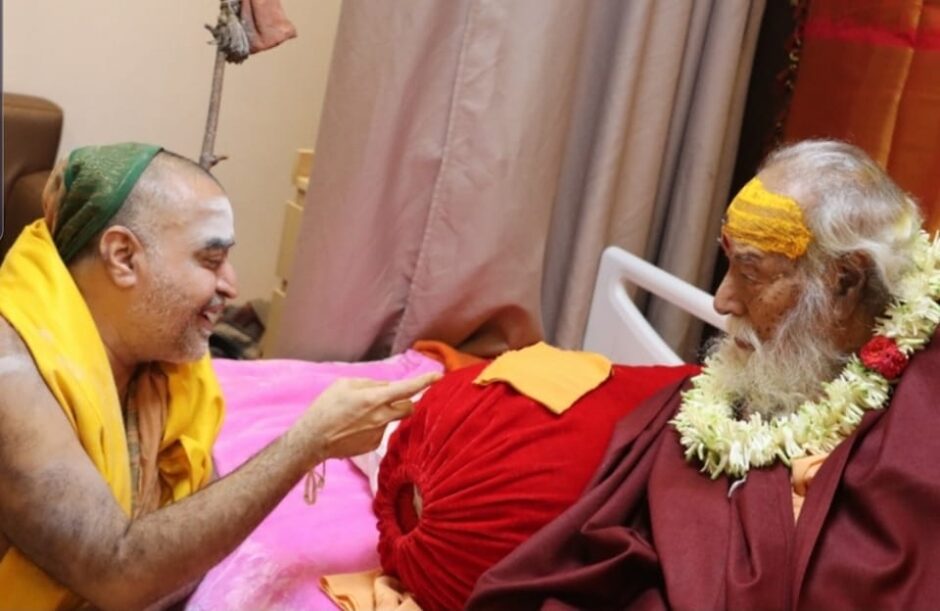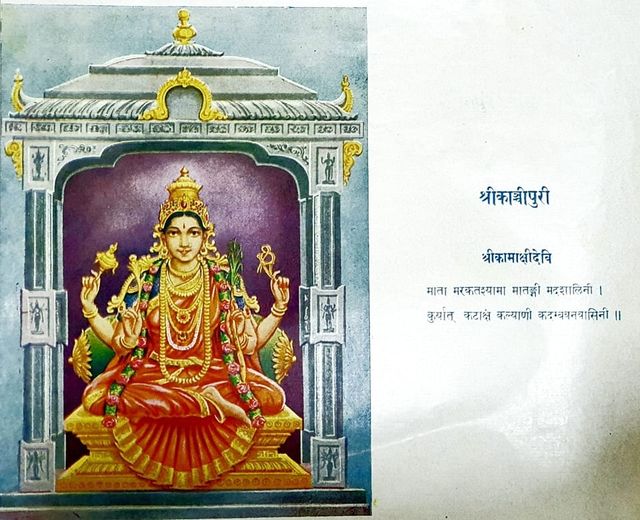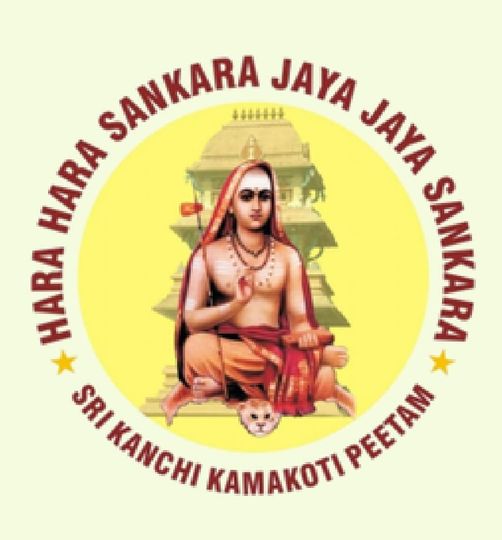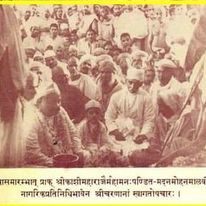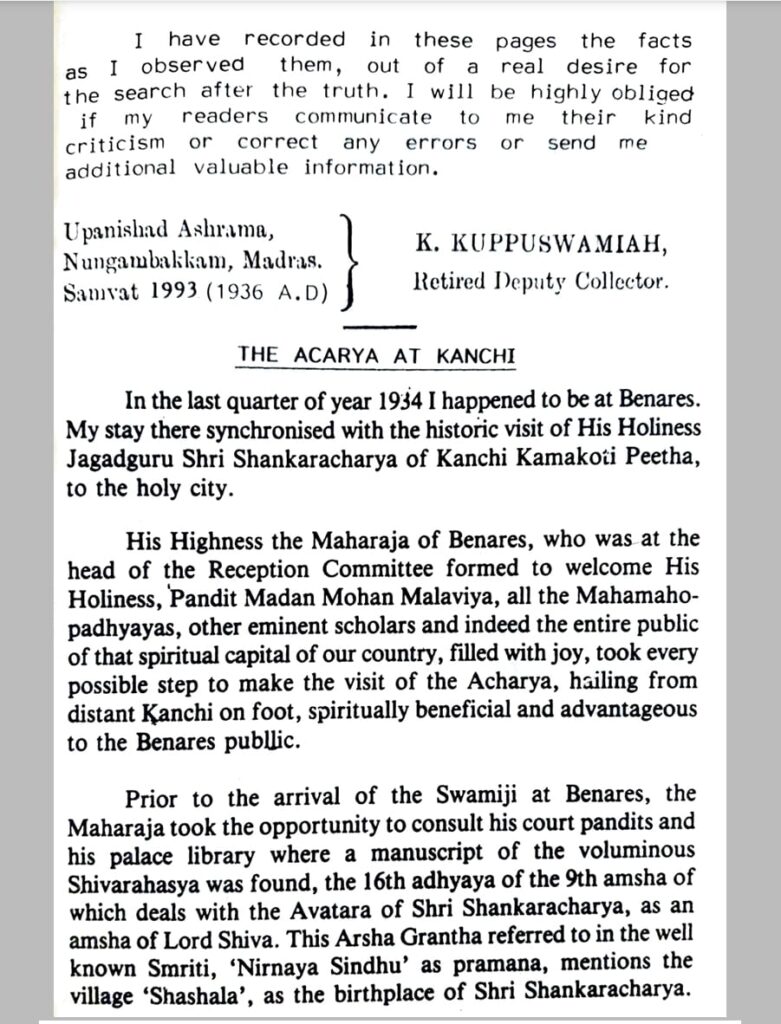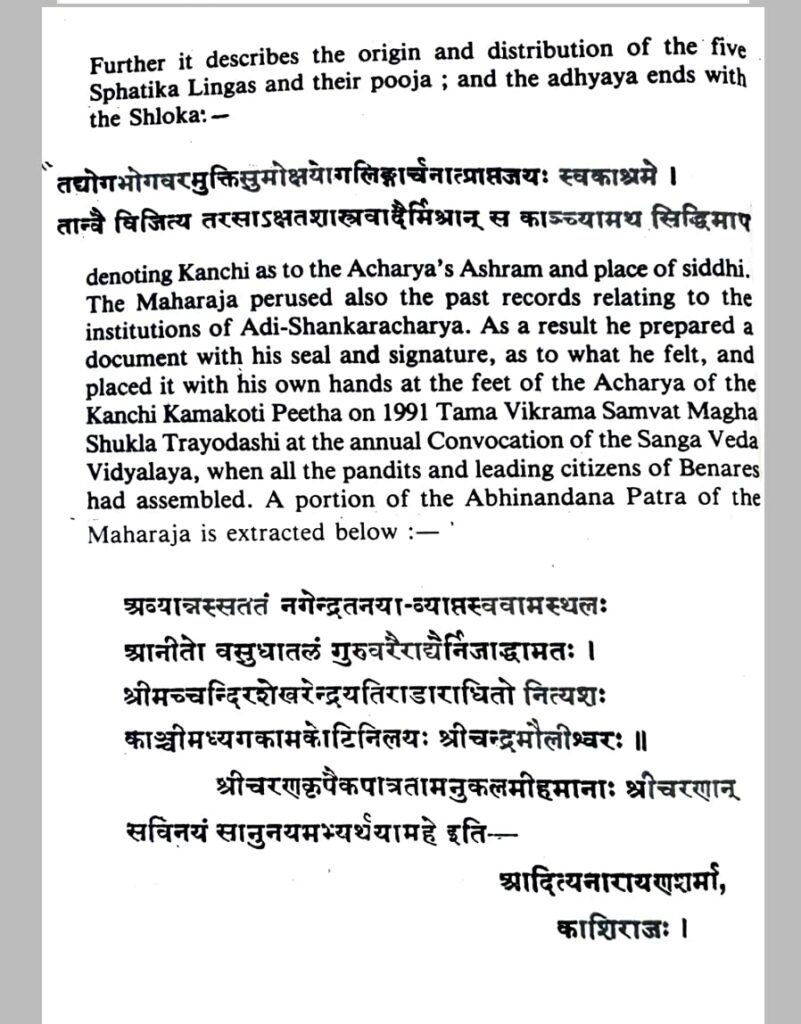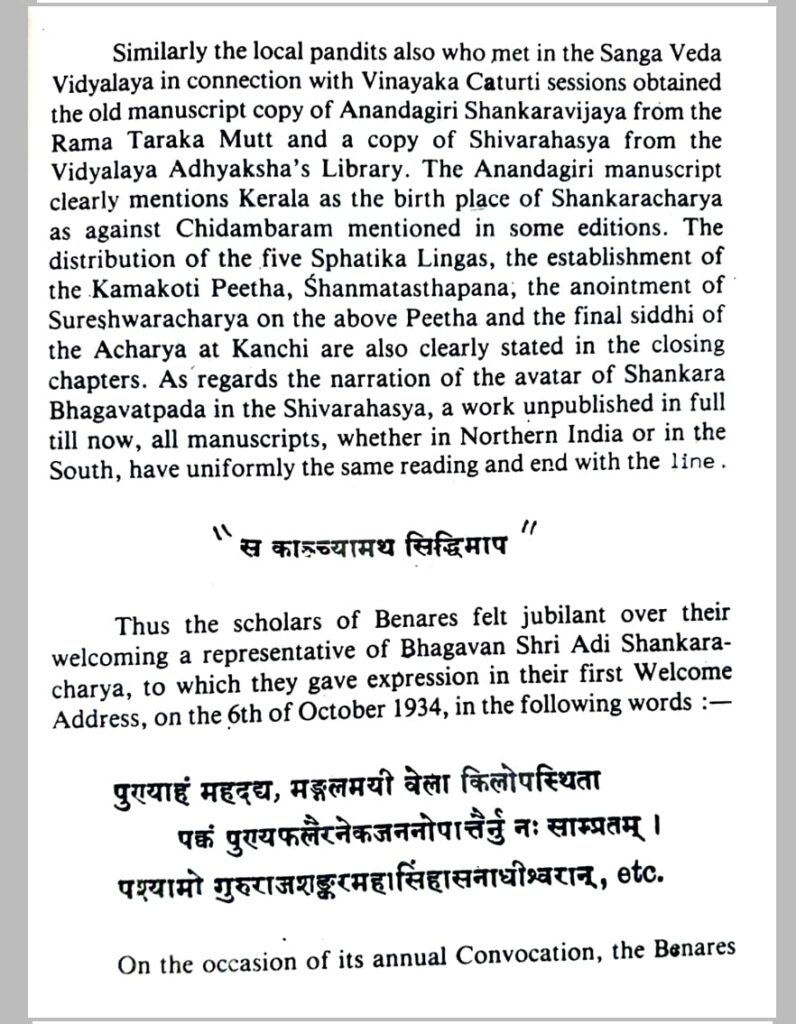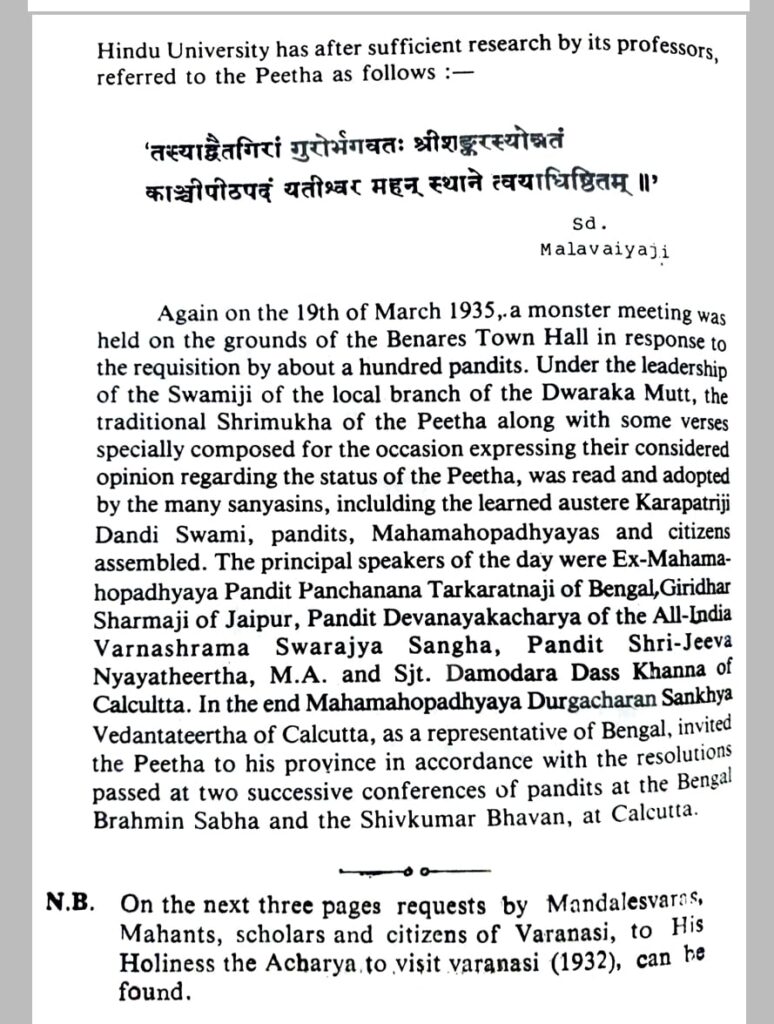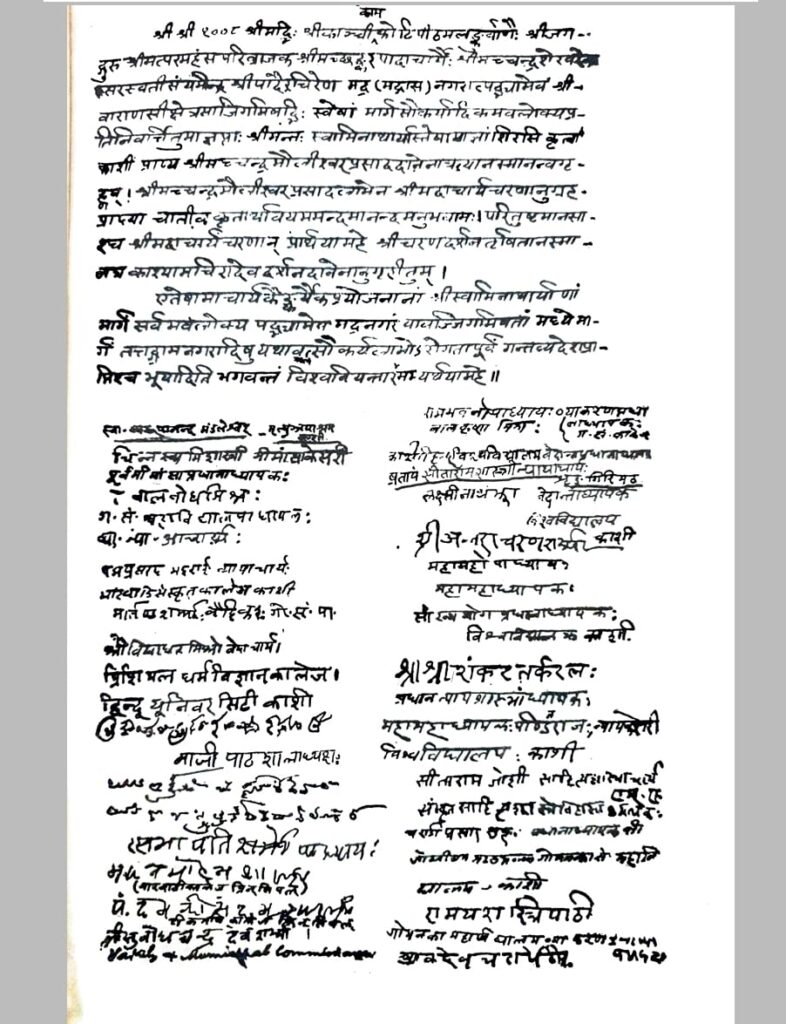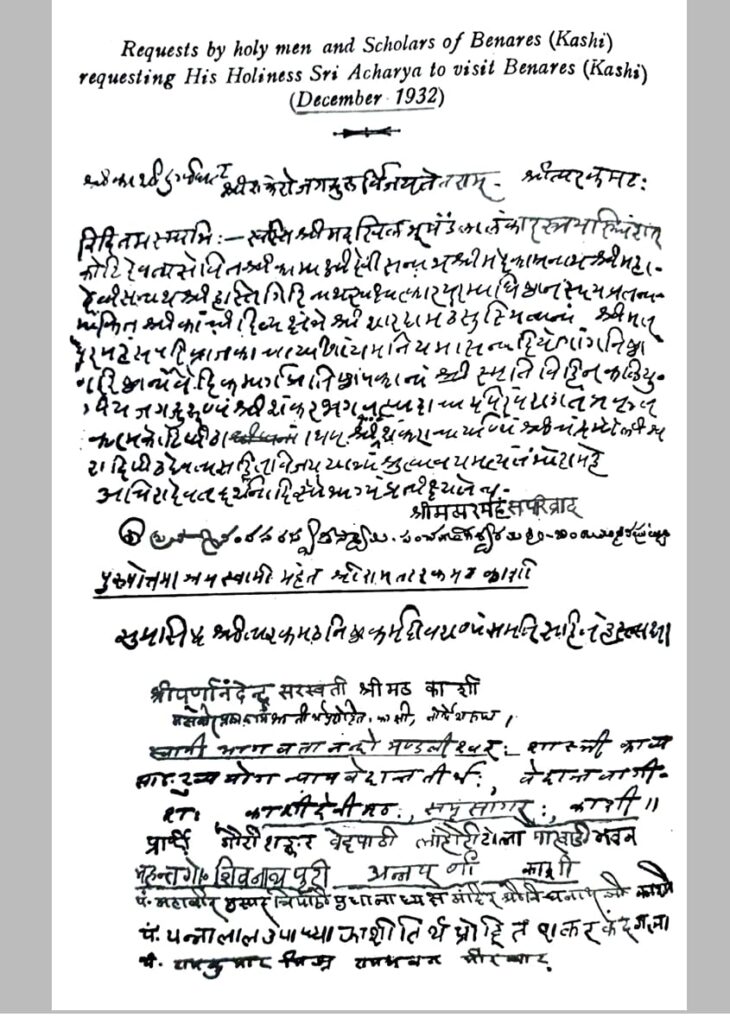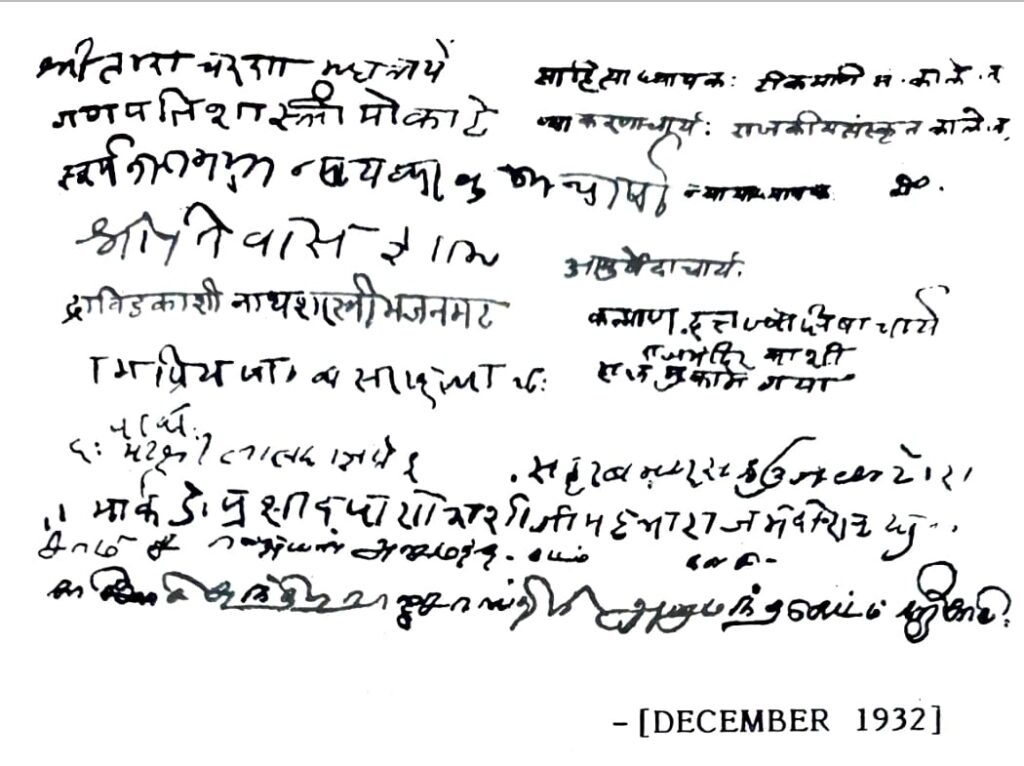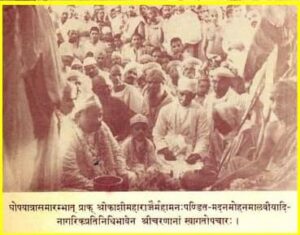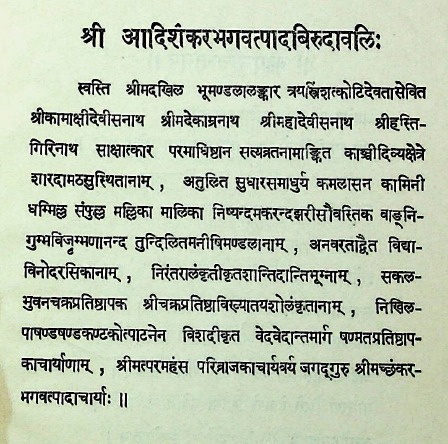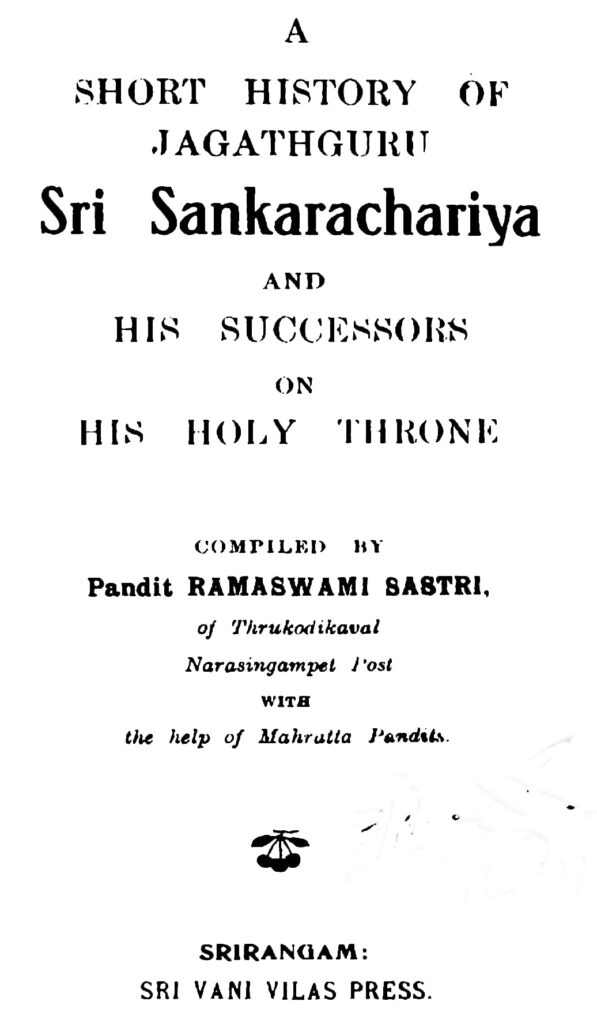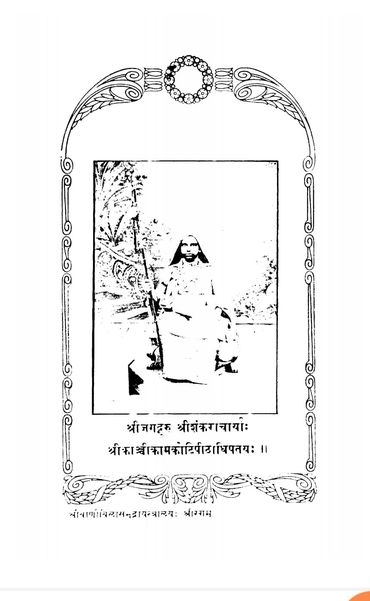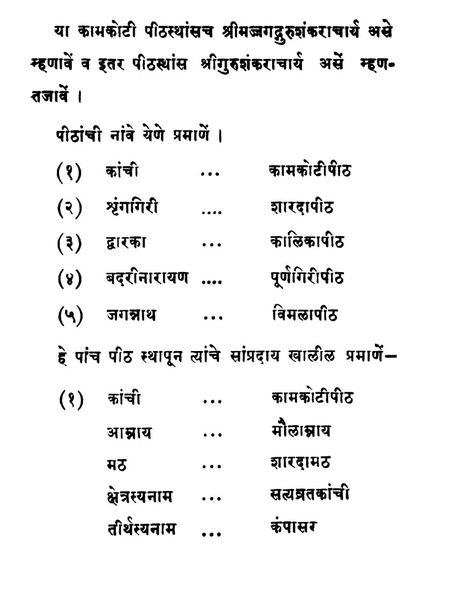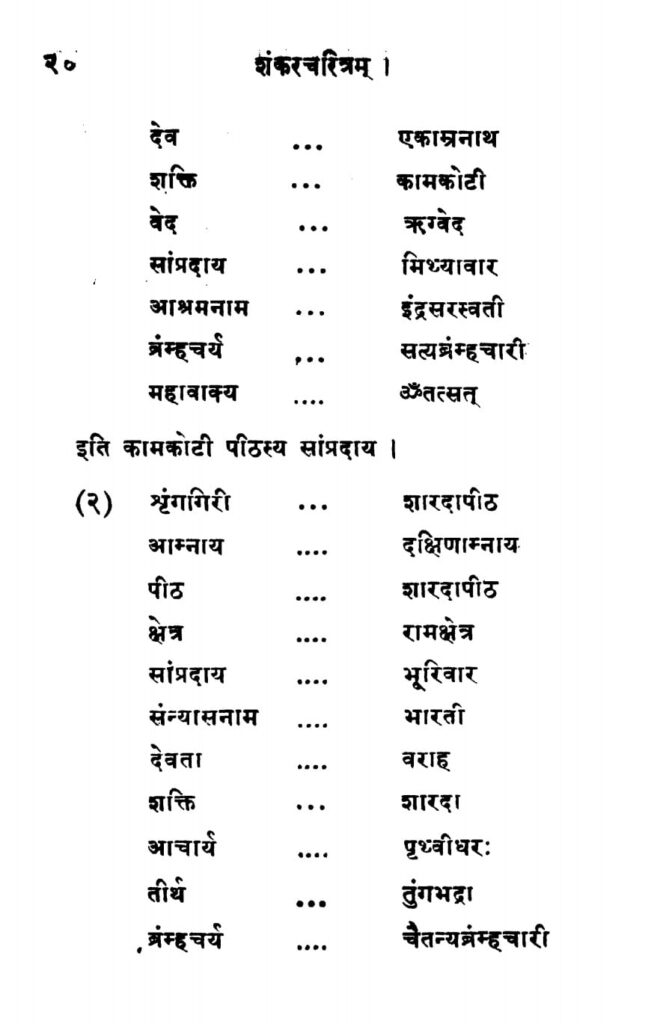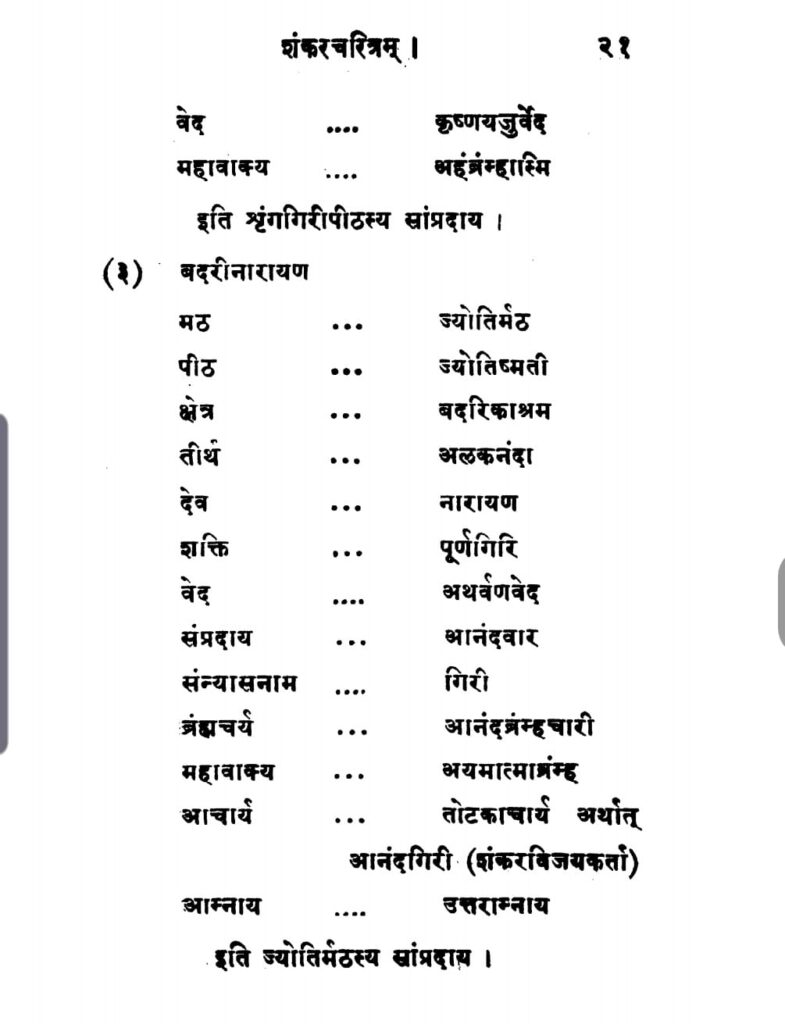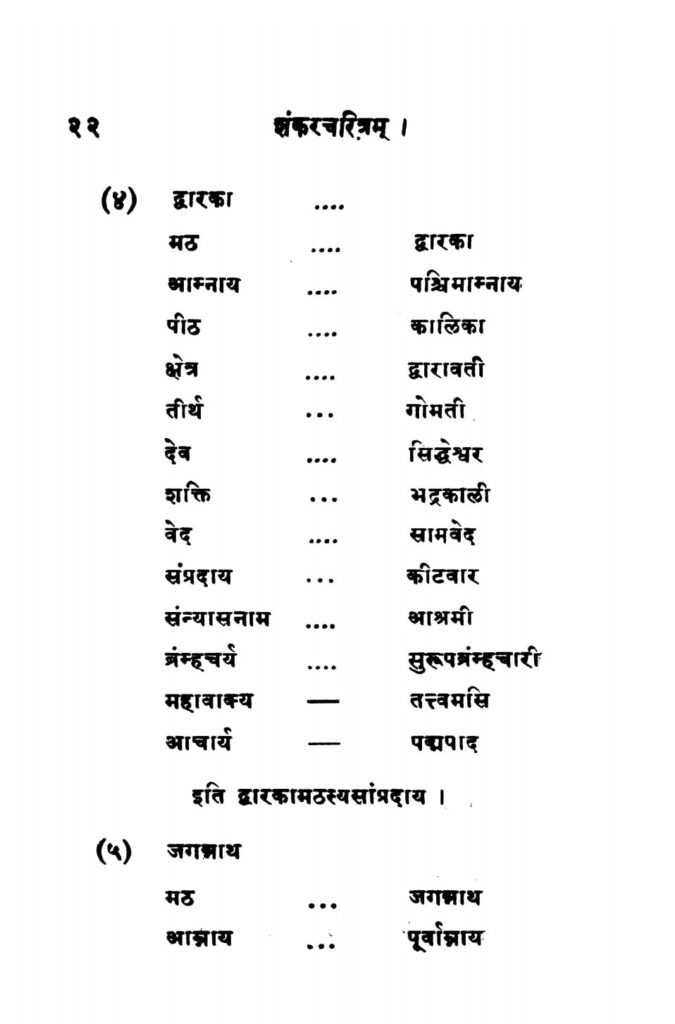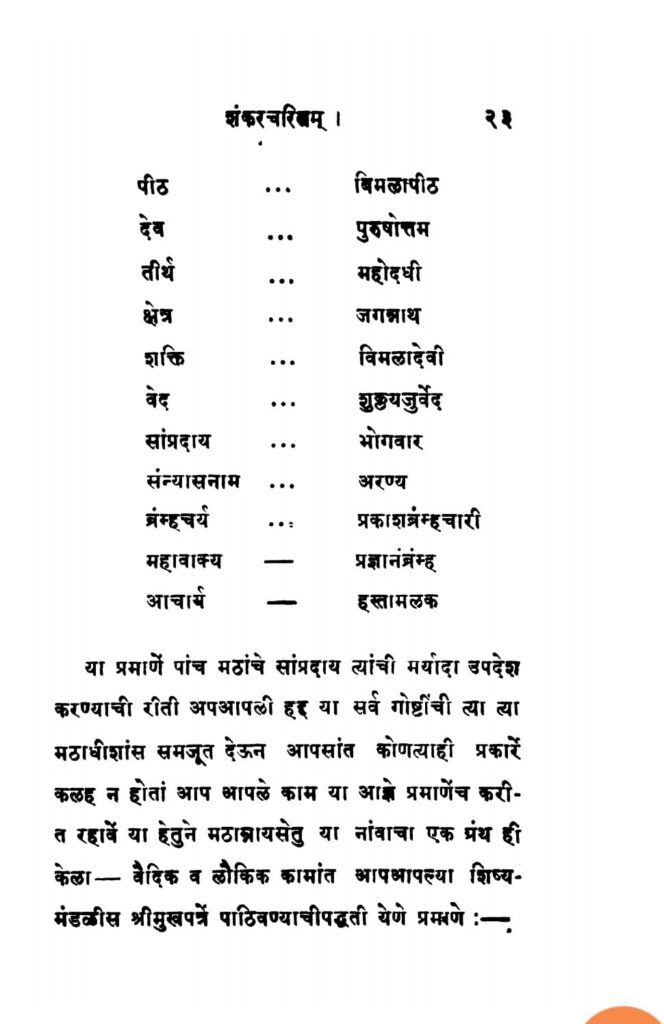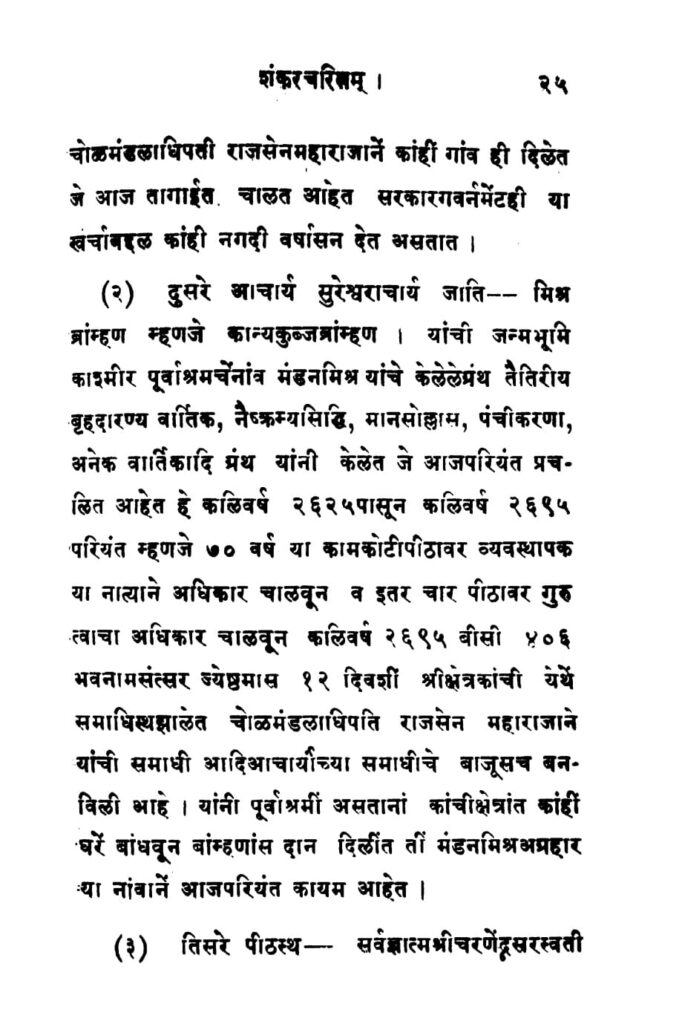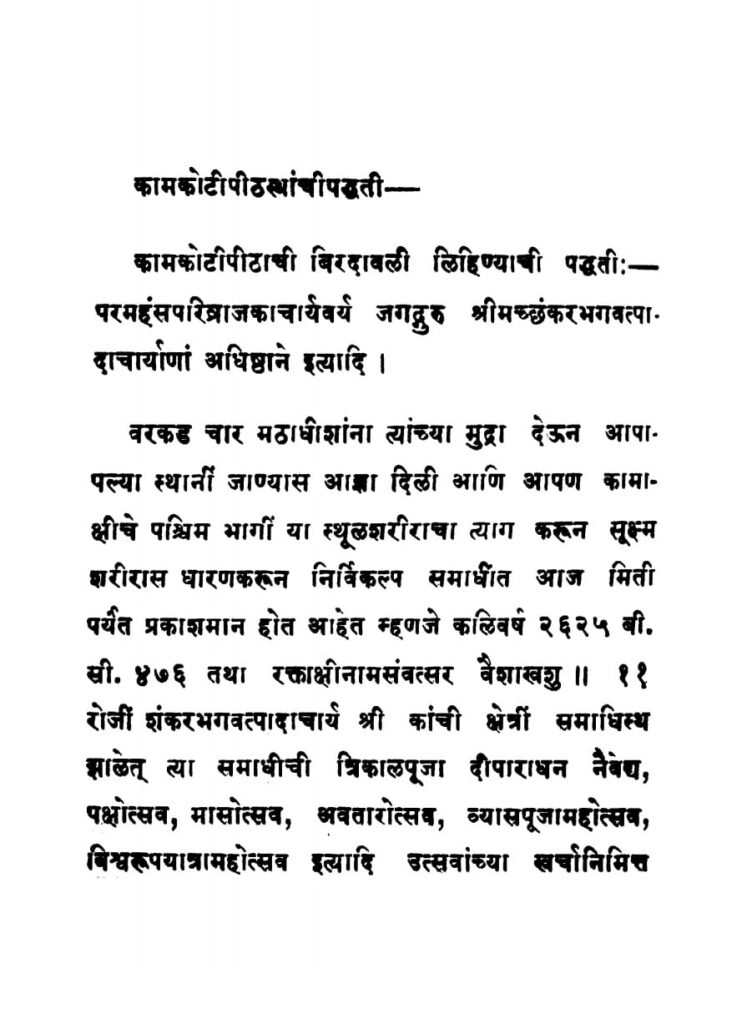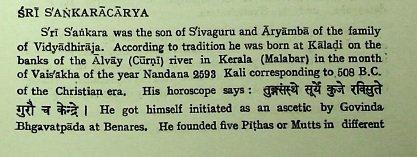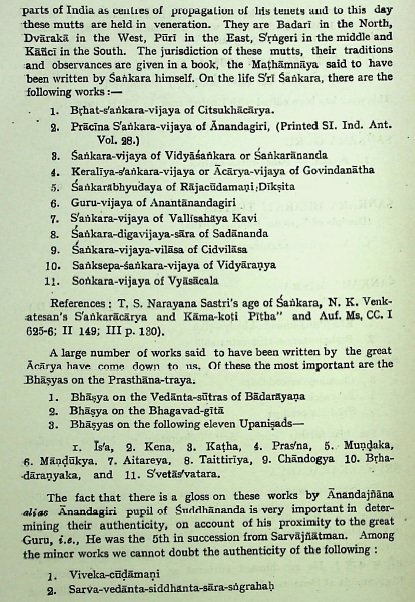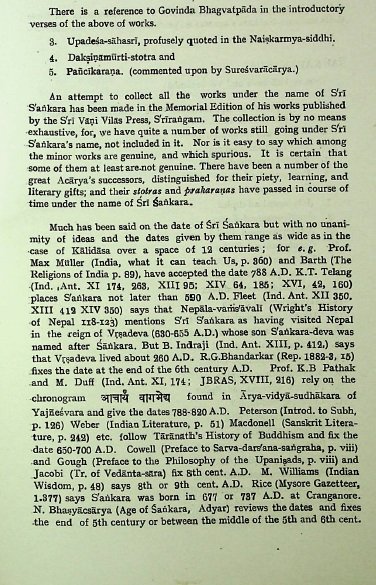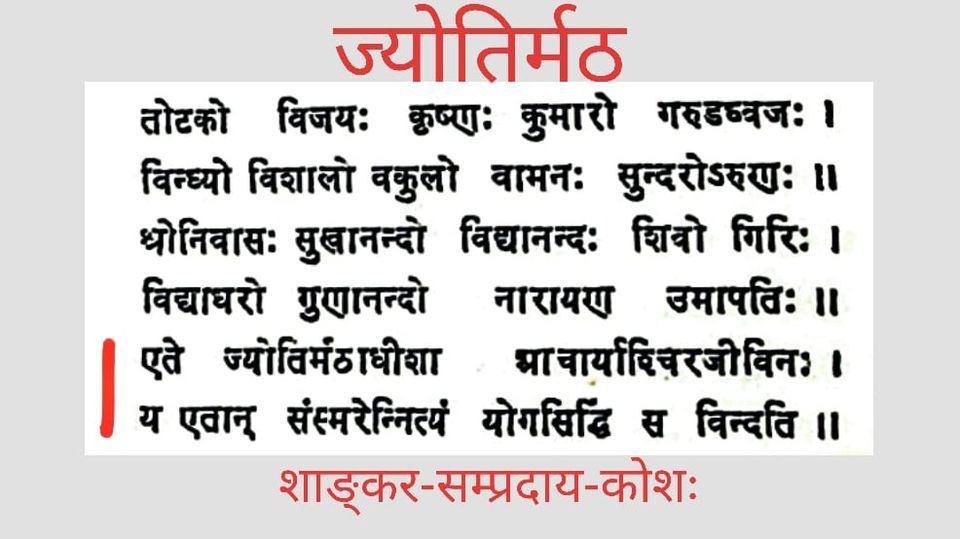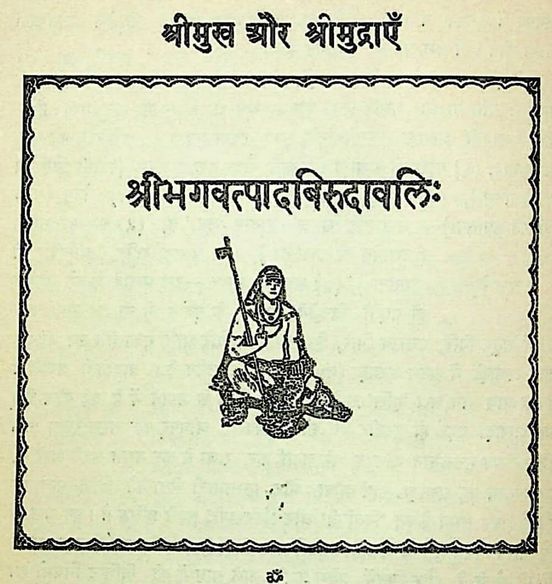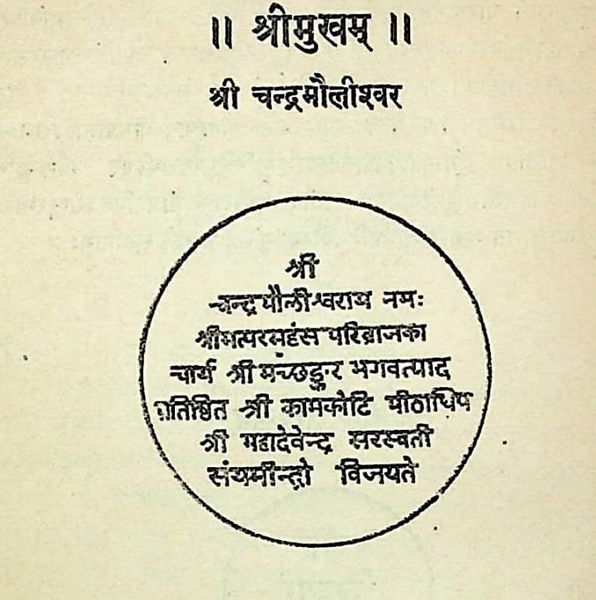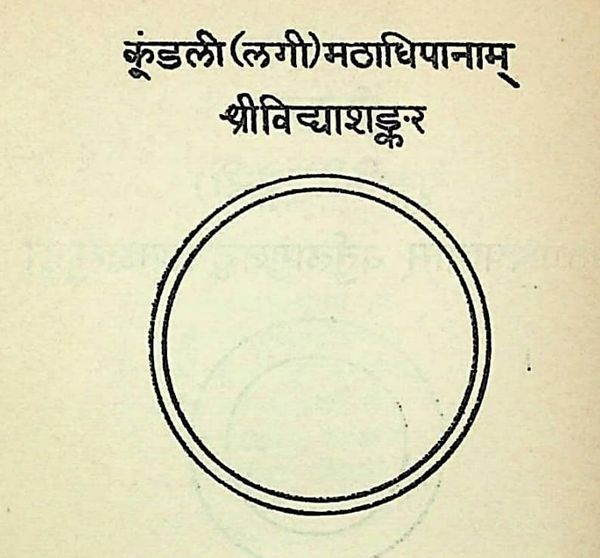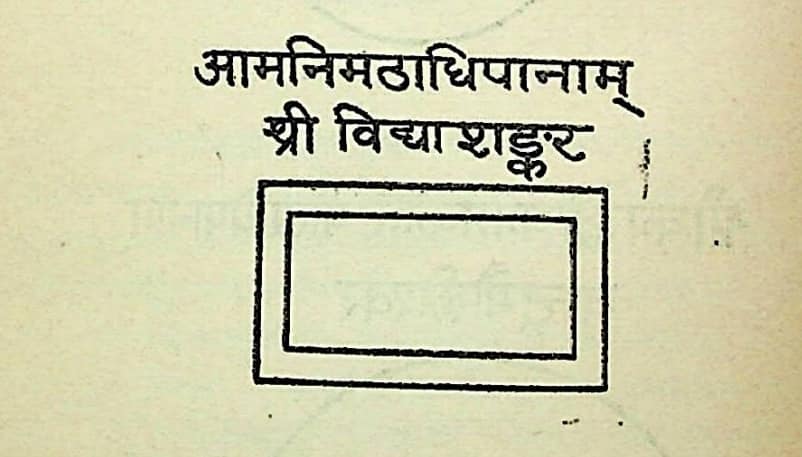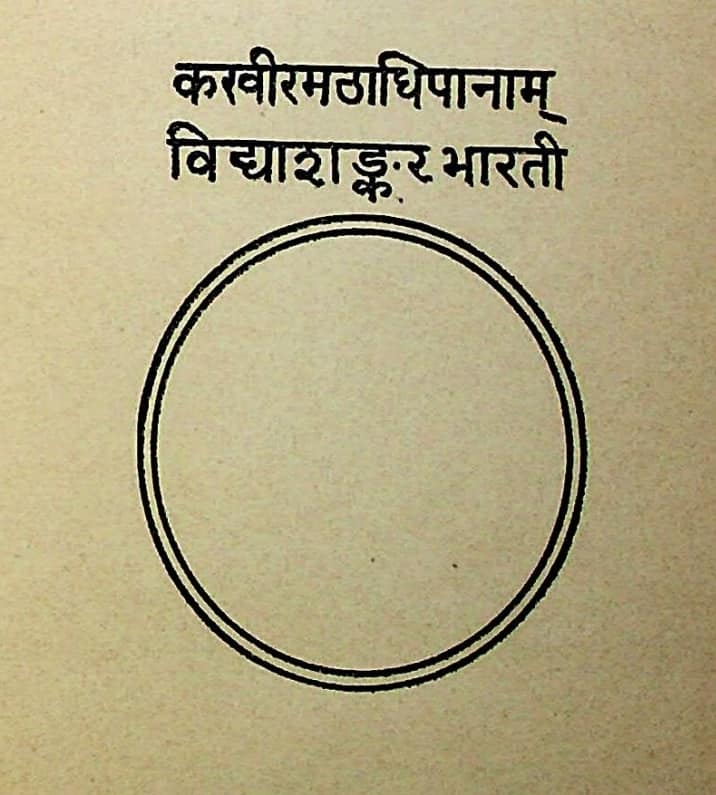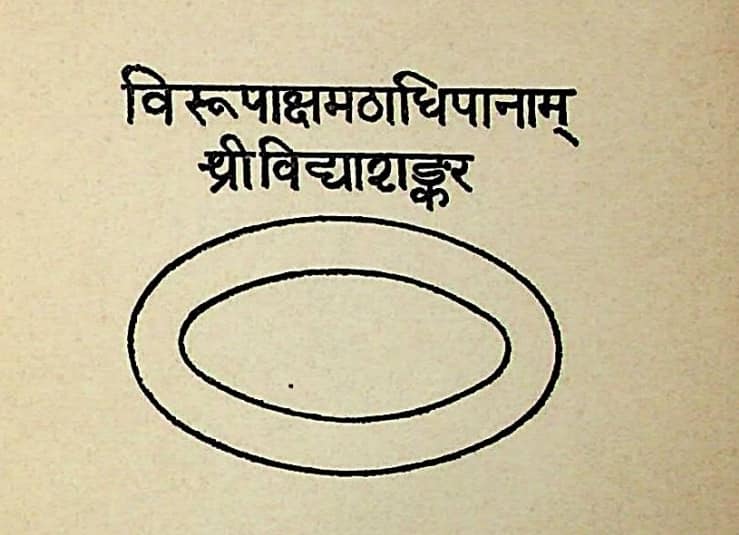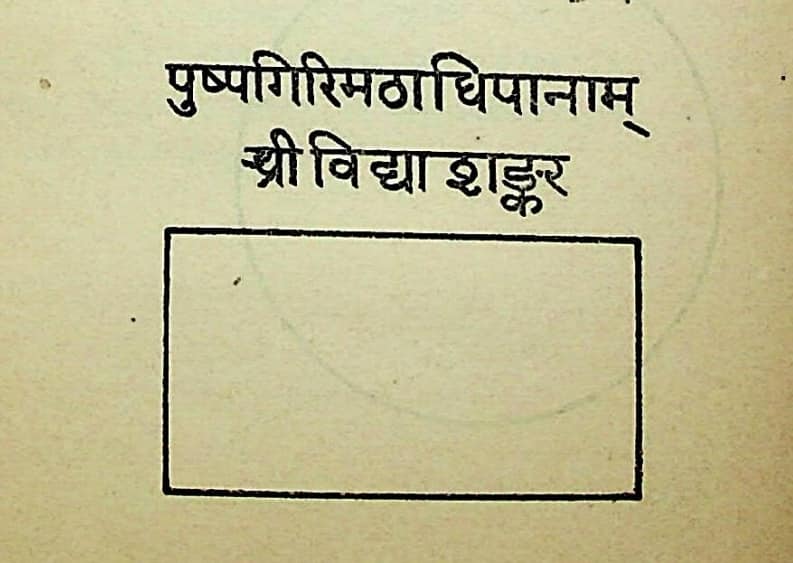Kanchi, popularly known as Kanchipuram and styled as ‘Kacchi’ in Tamil classical literature, is a city of celebrity, according to the popular saying ‘Nagareshu Kanchi.’
This city has been listed as one of the seven sacred cities of liberation (Mokshapuris). Kanchi is the only mokshapuri in Peninsular India, the other six, Ayodhya, Mathura, Maya (Haridwar), Kashi, Avan thika (Ujjain) and Dwaraka being situated North of the Vindhyas.
The city is referred to in the southern recensions of the Bhagavata Purana, (in the 10th skanda in the Balarama Teerthayatra Prakarana) as ‘Kamakoti Puri Kanchi.’
Vallabacharya in his Subodhini commentary on the purana, styles the city as Kamakotipuri. In the northern texts of the Bhagavata the city is given the name, “Kamakoshtipuri Kanchi.”
The sacred city is considered to be one of the foremost of the Shakthi peethas of Bharat in the Tantric works wherein the name ‘Kamarajakhyam’ is given for the Shakthi-sthana of the place.
The word Kanchi literally means the central part of the gold ornament worn round the waist, (Odyana). The Meru Tantra speaks of the city of Kanchi as the navel spot (Nabhisthana).
The city has been the capital of kingdoms and the ruling seat of princes in puranas, kavyas, inscriptions and history.
The Naishada Kavya of Sri Harsha speaks of a prince of Kanchi present at the Swayamvara of Damayanti. The edicts of Asoka refer to the Kingdom of Satyaputra besides those of Chera, Chola and Pandya of the south.
Of the several names given to Kanchi, one is Satyavratakshetra. There is a temple in Kanchi with a Sivalinga known as Satyavrateswara, of Tevaram fame. It will be hence easy to identify the Kingdom of Satyaputra as the territory around the Satyavratakshetra of Kanchi. Kanchi otherwise known in Tamil as Kacchi is spotlighted as an ancient city in Tamil classical literature.
The city has been the seat of the illustrious Pallavas and the Chola rulers according to epigraphical and historical evidence.
Kanchi has been acclaimed also as one of the Pancha bhutakshetras – where Siva has assumed the form of elements – as the Prithvi kshetra. Besides, Kanchipuri is reckoned as the Akasa Pitha among the five elemental Pithas.
That Kanchi is a great seat or Maha Pithastana has been acknowledged by the Visvakosha.
Puranas about this holy city avow that this city is an Akasakshetra just like Cidambaram of the south.
The city is also named as ‘Divyakshetra, Brahmasala’ etc. according to old puranic stories, treatises and other works depicting the sacredness of the place.

